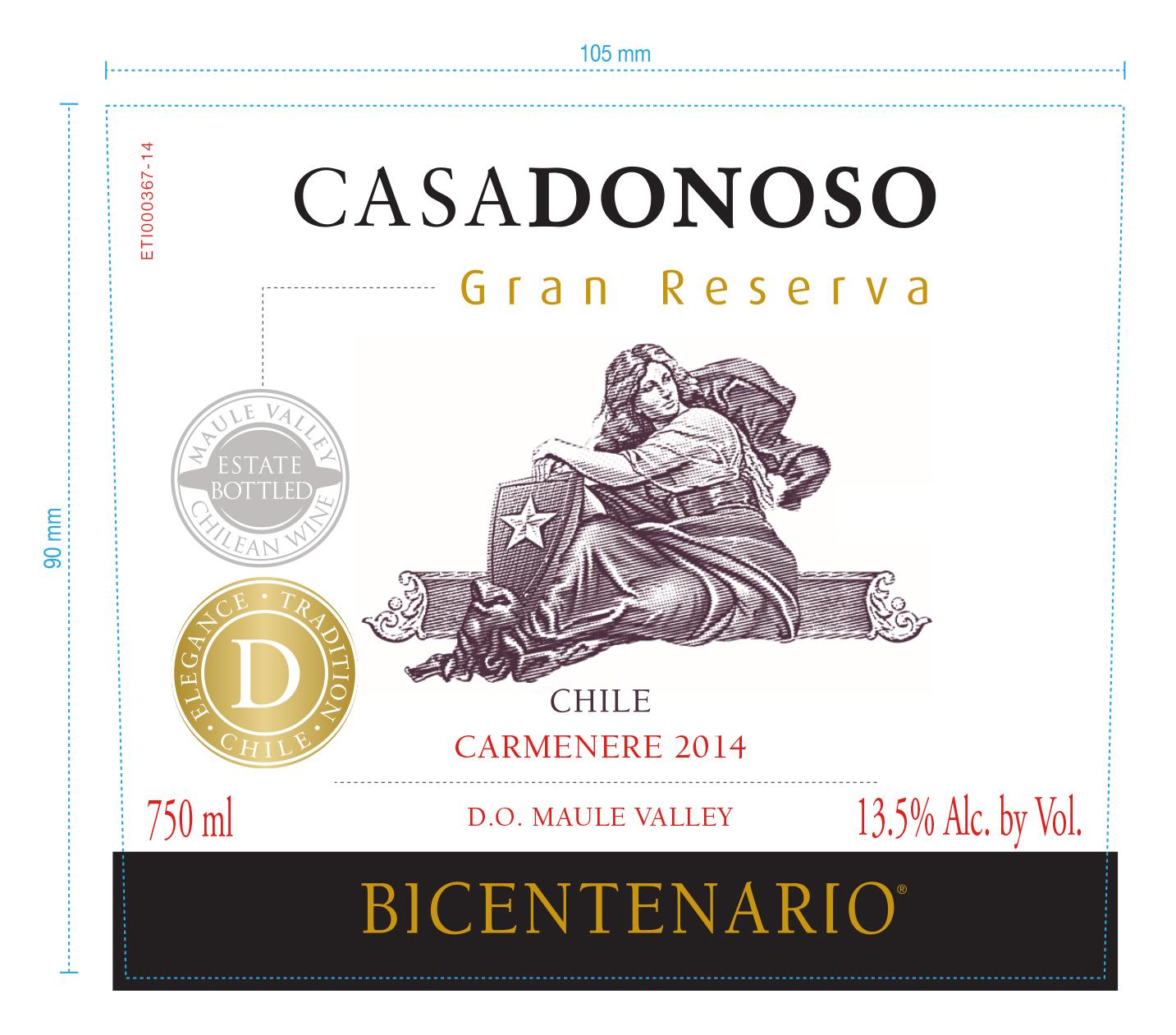2014 Maule Valley Carmenere
Casadonoso Bicentario is a captivating red wine that showcases the exceptional qualities of the Carmenere varietal from the renowned Maule Valley. This vintage, from 2014, offers a well-balanced and medium-bodied experience that delights the palate. Its bright acidity adds a refreshing lift, making it a delightful companion for various dishes. You will find the tannins to be firm yet approachable, providing a structured mouthfeel without overwhelming the senses. The fruit intensity is prominent, revealing enticing notes of dark berries intertwined with hints of spices and subtle herbal undertones. This wine is a dry expression that elegantly encapsulates the terroir of the Maule Valley, inviting you to savor each delightful sip.
Casadonoso Bicentario is a captivating red wine that showcases the exceptional qualities of the Carmenere varietal from the renowned Maule Valley. This vintage, from 2014, offers a well-balanced and medium-bodied experience that delights the palate. Its bright acidity adds a refreshing lift, making it a delightful companion for various dishes. You will find the tannins to be firm yet approachable, providing a structured mouthfeel without overwhelming the senses. The fruit intensity is prominent, revealing enticing notes of dark berries intertwined with hints of spices and subtle herbal undertones. This wine is a dry expression that elegantly encapsulates the terroir of the Maule Valley, inviting you to savor each delightful sip.




